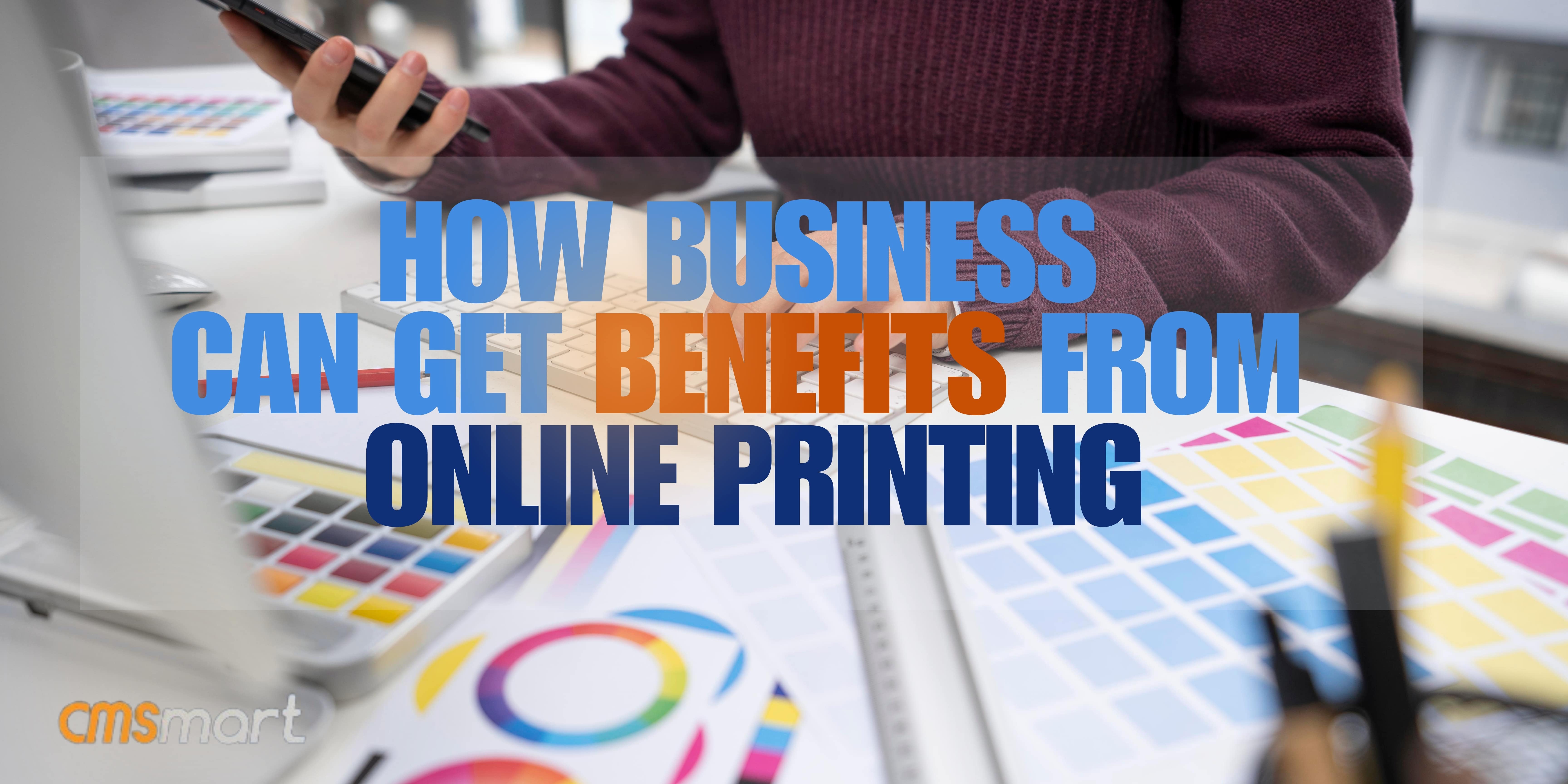TABLE OF CONTENTS
TABLE OF CONTENTS
Other Usefull Contents
You can see many success stories from our customers, and you may be one of them in the future
One of the important services from big to small companies all focus and require to be finished as fast as possible is printing. To deal with this requirement, a lot of people are choosing a marvelous tool that is online printing.
Read MoreThere is one fact that B2C clients are unpredicted in their buying patterns while B2B clients can bring a shop reliably repetitive business. To bring the repeat customers on board seems to be more difficult and complicated than to secure the average one-o
Read MoreIn the digital business world, those that rely completely on physical documents and assets are at a loss, especially in comparison to their brethren that put their faith in technology a decade ago. Of course, we cannot depend totally on digital, but it wi
Read More














You might be surprised when observing how fast our printing industry has been changing in a short time since technology and digital printing appeared. What we’ve already had today might be quickly obsolete tomorrow. So, let’s check what is changing:
Digital printing technologies
The major factor that boosts the change in printing technology is the born of digital printing technologies. While print used to be dominated by letterpress, digital has become the dominant printing process. It is undeniable that digital printing comes with some outstanding advantages in comparison to the traditional one, including:
Digital Inkjet Printing
In several recent years, advanced digital inkjet printers which are faster, more reliable, and of higher quality has step by step dominated the market, which leads to a steady drop of offset printing. Professional-grade and high-speed inkjet printers are able to render text at up to 4,000 words per minute, and speeds for images and graphics are nearly at that level. Let’s take examples of 2 digital printers: